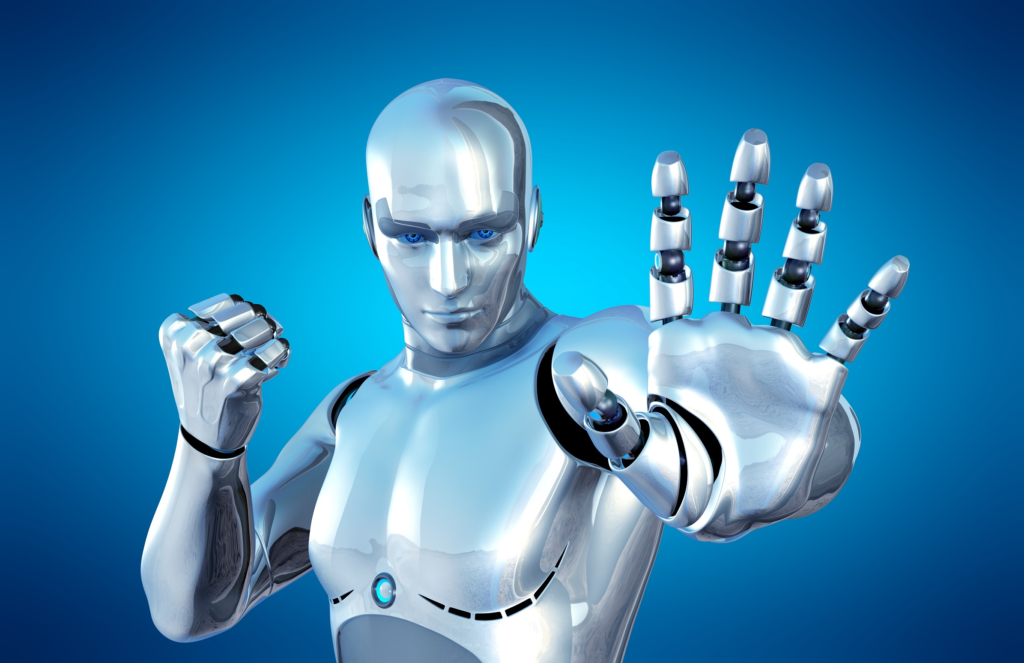
Can AI Robots Harm Humans?
Artificial intelligence and robots have turned out to be an integral part of everyone’s life. From smart virtual assistants to autonomous vehicles, AI robots are found to be helpful not only in our homes but in several industries ranging from manufacturing to healthcare. As we embrace this innovation, the question that has gained our attention is, can AI robots harm humans? In this article, we will explore more about the topic by identifying some of the possibilities and safety measures for maintaining a harmonious existence.

Before proceeding further, let us understand the AI robots.
What are AI robots?
AI robots are machines that have the features of artificial intelligence and performs tasks of their own just like human being. AI robots are capable of learning and making decisions on the basis of data input and programming. AI robots are available for industries as well as domestic use.
These robots have several capabilities like natural language processing for decision making and problem solving. These capabilities help them to perform complicated tasks.
Can AI robots harm humans
Yes, AI robots can harm humans because, like any other technology, AI robots have certain challenges.
Physical harm
The primary issue about AI robots is the chances of errors and accidents. Even though the AI robots are intelligent but they can make mistakes. These mistakes can result in grave consequences, like an autonomous vehicle can malfunction resulting in accidents.
Malicious use
AI robots can be used maliciously. Cybercriminals and hackers can exploit vulnerabilities in artificial intelligence systems so that they can do harmful acts like data theft or surveillance.
Psychological issues
Constant interaction with AI robots can result in a psychological impact on the human brain resulting in issues like emotional detachment or social isolation.
Job losses
AI robots help in automating jobs in industries like manufacturing. These robots are powered by innovation making them much faster than human beings. Moreover, the chances of committing mistakes are also less. As AI robots become more dextrous and smarter, the same job would necessitate fewer humans.

Safeguards and regulations
Testing and certification
AI robots should undergo rigorous testing and obtain certification to make sure that the safety standards are fulfilled. Safety standards will help to make sure that the use of AI robots will result in minimum risks.
Cyber security measure
Strong security measures can restrict malicious intervention and attacks by hackers. Strong security measures will include encryption, constant security checks, and limited access.
Ethical framework
Ethical frameworks for the development of AI robots have been emerging. These frameworks target to promote ethical and responsible use of artificial intelligence so that fairness and transparency can be accomplished.

Conclusion
With technological advancements and artificial intelligence, the concern of harm to humans by AI robots is obvious. Despite all these, it is important to identify the ways to reduce the risk. Proactive measures like testing and certification, cyber security measures, and ethical frameworks can help in bringing the harmonious and safe coexistence of humans and AI robots.
Frequently asked questions
Can AI robots take over humans?
AI robots cannot completely replace humans. However, humans with AI can replace humans without AI.
What happens if AI takes over humans?
If AI takes over humans then it will be extremely difficult for us to control it. There can be chances that the AI robots can pursue their own goals and motivations without aligning with our goals.
What will AI look like in 10 years?
In 10 years, we can assume to have significant advancements in several segments like entertainment, transportation, and healthcare.
Related searches
Is Autopilot Investing App Safe?
Future Of AI: Peering into the Technology of the Future
AI vs Human Writer: Which Is Better?
Follow for more updates
Follow Raveen Chawla on Medium
For related searches, click Articles, click Web-stories




